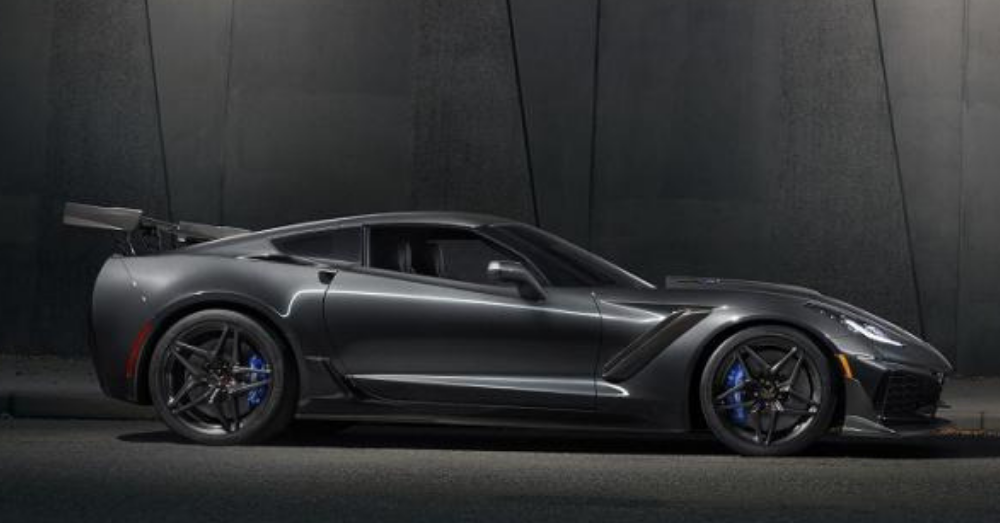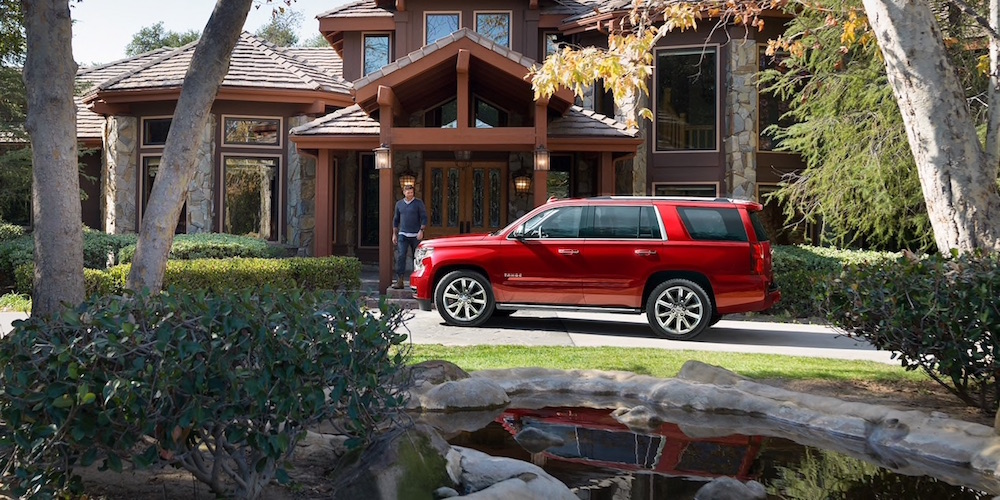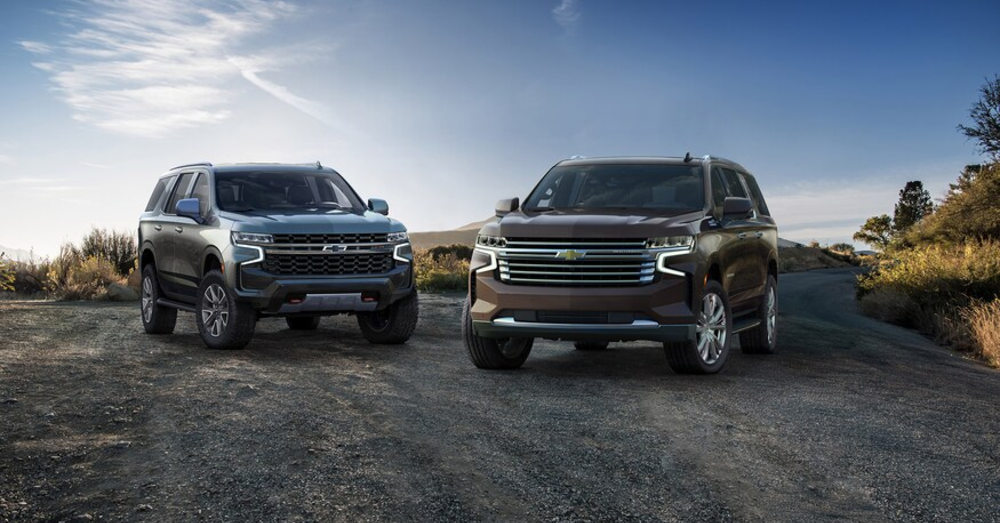Because the Chevrolet Corvette is considered a supercar, it seems strange to think that this car has been around as long as it has without being one that has ever had the engine placed behind the driver. Even though Zora Arkus-Duntov, the father of the Corvette and its chief engineer lobbied for this car to have the engine moved to the rear, it hasn’t happened until now. The C8 model of the Corvette, which will arrive in 2020, will be the first one that has had the engine put behind the driver in a production model.
The Movement Began in the 1960s
In the 1960s, Duntov began to build mid-engine Corvette models that were deemed Chevrolet Engineering Research Vehicles (CERV) and the CERV I and CERV II came to be prototypes that could have paved the way for a Corvette with the engine behind the driver. These two models had a focus on racing and eventually on potential production. During this same time, the R& D group built a Grand Sport II race car that was a concept model that eventually was improved and became the 1966 Jim Hall Chaparral race car.
The Astro II Arrives
The Astro II, which was originally called the XP-880, showed up at the New York Auto Show in April of 1968. This car showcased a mid-mounted engine that offered a rear that was not quite as extreme at the Astro I that was shown a year earlier. The aerodynamics were as smooth as any Corvette on the market and it could have easily become the perfect mid-engine Corvette which would have entered the market much earlier than the one that we will soon see offered, but there was something keeping this car from making its way to production.
The swoopy body of the Astro II housed a 400 horsepower 427-cubic-inch big block V8 engine that was mounted backward. The starter and ring gear were located under the seatbacks and the accessory drive was in the rear. The original transmission came from a 1963 Pontiac Tempest but it was found to be too weak for this engine and this system was redesigned. The car road on cast-aluminum wheels and it had four-wheel disc brakes that could make it possible for this car to corner and handle the road with ease. This was the car that nearly made its way to the GM showrooms around the world.
Employing an Old Philosophy
Unfortunately for the Astro II, GM chose to employ the old “if it ain’t broke, don’t fix it” philosophy to the Corvette. At the time, Chevrolet could barely keep up with the demand for this car which gave them pause to radically change a car that was already as successful as the Corvette. This led to the Astro II and nearly every other mid-engine model that was paraded out to be canceled until now. Thankfully, we will finally see the mid-engine Corvette on the market, and understand why this is as important a move as it will be for the Corvette.
This post may contain affiliate links. Meaning a commission is given should you decide to make a purchase through these links, at no cost to you. All products shown are researched and tested to give an accurate review for you.




